keeping an un-insulated, unheated shed from freezing
effdeevee
16 years ago
Related Stories

MATERIALSInsulation Basics: What to Know About Spray Foam
Learn what exactly spray foam is, the pros and cons of using it and why you shouldn’t mess around with installation
Full Story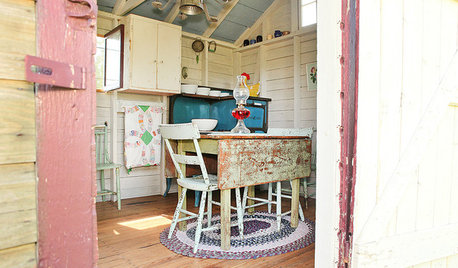
HOUZZ TOURSMy Houzz: A Backyard Getaway Emerges From a Grain Shed
Cozy and brimming with country charm, this snug antiques-filled hideout encourages quiet pastimes
Full Story
TILETop Tile Trends From the Coverings 2013 Show — the Wood Look
Get the beauty of wood while waving off potential splinters, rotting and long searches, thanks to eye-fooling ceramic and porcelain tiles
Full Story
DECORATING GUIDES10 Design Tips Learned From the Worst Advice Ever
If these Houzzers’ tales don’t bolster the courage of your design convictions, nothing will
Full Story
HOUSEKEEPINGProtect Your House From Winter Water Damage
Avoid costly repairs by learning to spot potential problem areas before water damage is done
Full Story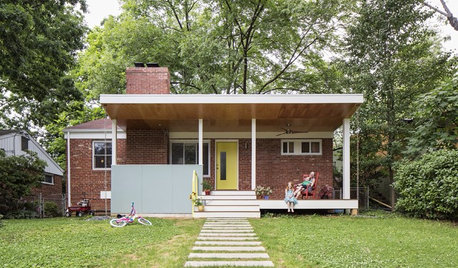
FEEL-GOOD HOMEWhat Really Makes Us Happy at Home? Find Out From a New Houzz Survey
Great design has a powerful impact on our happiness in our homes. So do good cooking smells, family conversations and, yes, big-screen TVs
Full Story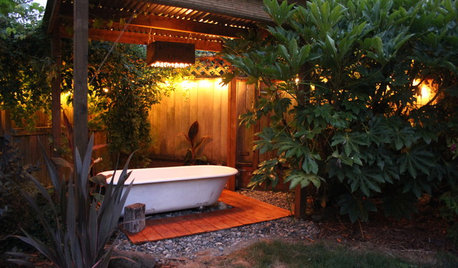
GARDENING AND LANDSCAPINGSee a Soothing Backyard Bathhouse Born From a Salvaged Tub
Creative thinking and DIY skills give a Portland couple a pergola-covered 'hot tub' under the stars
Full Story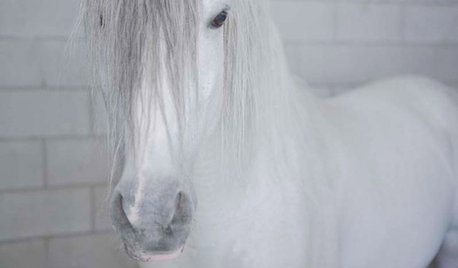
COLORNature’s Color Wisdom: Lessons on White From the Great Outdoors
Blizzard fierce or butter soft, white can highlight shapes, unify a room and perform miracles on the cheap
Full Story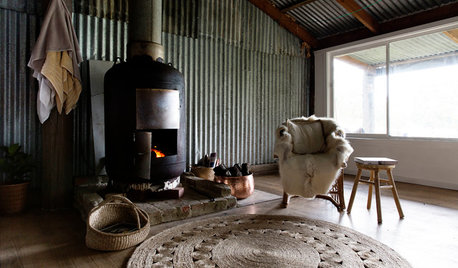
HOMES AROUND THE WORLDMy Houzz: Backyard Shed Becomes a Couple’s Cool Home
In Australia, a former party space on Mom and Dad’s property evolves into temporary quarters, complete with outdoor shower
Full Story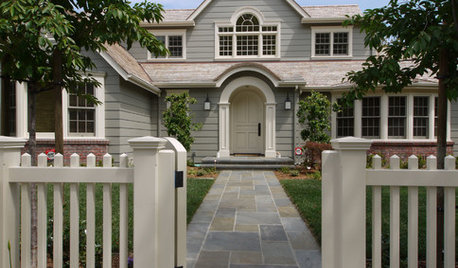
HOUSEKEEPINGOutdoor Home Prep to Do Before Hard Winter Hits
Avoid cracking, rusting and rotting during freezes by taking care of these tasks now
Full StorySponsored
More Discussions






fignut
pezzuti9
Related Professionals
Jennings Landscape Architects & Landscape Designers · Alpharetta Landscape Contractors · Fridley Landscape Contractors · Galveston Landscape Contractors · Oak Harbor Landscape Contractors · Panama City Beach Landscape Contractors · Tewksbury Landscape Contractors · Foothill Farms Decks, Patios & Outdoor Enclosures · Kansas City Decks, Patios & Outdoor Enclosures · Lacey Decks, Patios & Outdoor Enclosures · Lansdale Decks, Patios & Outdoor Enclosures · Novi Decks, Patios & Outdoor Enclosures · Statesville Decks, Patios & Outdoor Enclosures · Fallbrook Fence Contractors · Modesto Fence Contractorsnude_gardener
tapla (mid-Michigan, USDA z5b-6a)
effdeeveeOriginal Author
pitangadiego
ottawan_z5a
ottawan_z5a
tapla (mid-Michigan, USDA z5b-6a)
effdeeveeOriginal Author